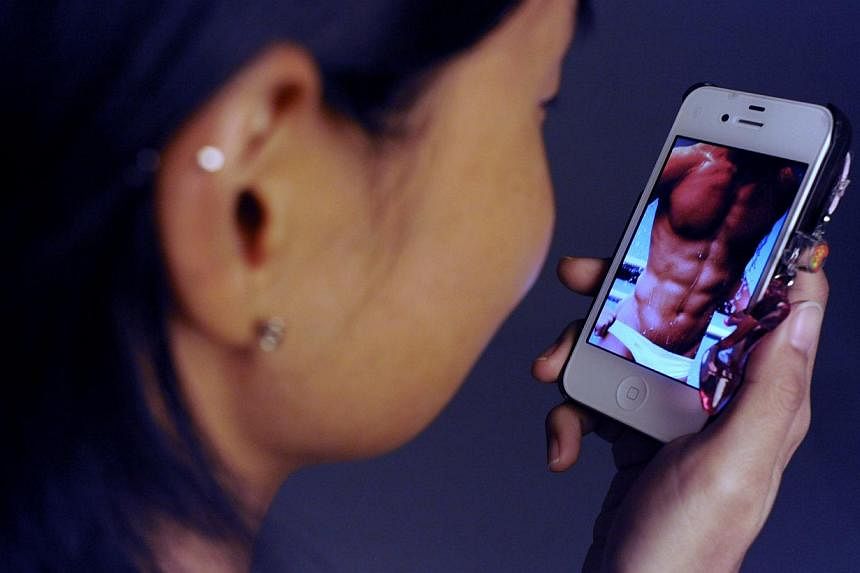WASHINGTON (AFP) - "Sexting," or sending sexually explicit images by phone, remains prevalent among US teenagers despite the well-known risks and consequences, according to a new study.
University of Utah researchers found 19.1 per cent of those surveyed acknowledged having sent a nude photo of themselves to another and 38 per cent had received such a picture.
Of the number who had received such a photo, nearly one in five had forwarded the picture to someone else, said the research report released Wednesday and published in the journal Computers in Human Behaviour.
The results showed little change from a 2013 survey, according to lead researcher Don Strassberg, a professor of psychology at the university.
"Sexting is far from a rare occurrence and the ability of a recipient to forward on a sext to others can be problematic, especially for young women who share an explicit photo," Strassberg said.
"Because once a sext has been sent, the sender has no control over who, or how many, will eventually see that picture. Other than the adolescent mentality that overestimates benefits over risks, we don't yet know why teens are choosing to put themselves at risk."
The researchers defined "sext" as the sending or receiving of cellphone photos that reveal genitals of either sex or female breasts.
The research comes in the wake of news about phone hacks that led to the leak of nude photos of celebrities including actress Jennifer Lawrence, pop icon Rihanna and top model Kate Upton.
In 2011, Anthony Weiner quit the House of Representatives after confessing that he used social media to send sexually explicit pictures of himself to a number of women.
For teens, the risks can be even greater. One case which got considerable attention was the suicide of Ohio teen Jessica Logan, who hanged herself in 2008 after her sexually explicit pictures were distributed to her classmates.
The researchers cited "several, apparently very uncommon (but well-publicised) instances of teens successfully taking their own lives following explicit photos they sent to someone (which were) ultimately being shared with many of their peers."
In the latest survey, females indicated that they sent sexts 83 per cent of the time to "boyfriends," while for males a "girlfriend" was the recipient 55 per cent of the time.
In 12 per cent of the cases for males, sexts were sent to "someone I wanted to date or hook up with," and 2.4 per cent of the time to "an acquaintance I just met."
The research was based on a survey of 1,130 undergraduate college students, who were asked about their experiences sexting during high school.
Strassberg said teens apparently are ignoring the significant risks from sexting, and noted that the widespread use of smartphones creates opportunities for misuse.
"You lose control of the image the moment you push 'send,'" he said.
"From there the risks, which can be especially grave for teens, range from embarrassment and humiliation to unwanted sexual advances to cyberbullying and blackmail, and though rare, possibly to felony charges for pornography trafficking because they are minors."

